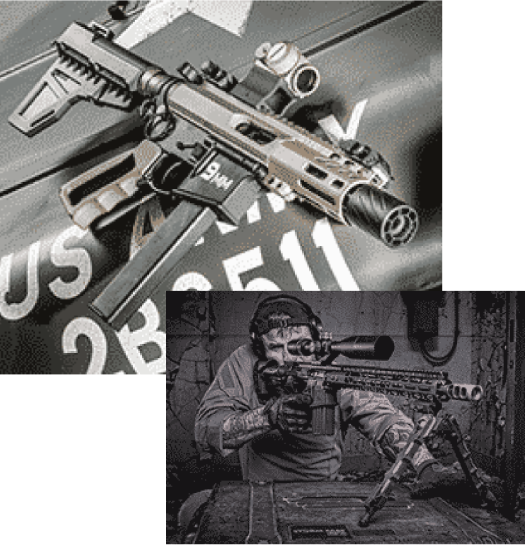Carbon steel, then again, is described by a high carbon content, as a rule up to 2.1% of its weight. The American Iron and Steel Institute (ASISI) further characterizes carbon steel by gathering the accompanying criteria:
- No minimum substance prerequisite for chromium, cobalt, nickel, titanium, tungsten, vanadium or other consumption safe metals.
- Minimum required copper substance must not surpass 0.40%.
- Maximum substance of manganese must not surpass 1.65%.
- Maximum substance of copper must not surpass 0.6%
- Maximum substance of silicon must not surpass 0.6%
Things being what they are, what advantages does carbon steel offer? The utilization of a high carbon substance changes the qualities of steel. All the more explicitly, it winds up more grounded and harder. This is the reason numerous swords, blades and other bladed weapons are delivered with high-carbon steel. In medieval Japan, swordsmiths spearheaded an extraordinary sort of high-carbon steel, tamahagane, for use in weapons like the katana.
Carbon steel, be that as it may, does not have the consumption safe properties of its stainless steel partner. In spite of the fact that it’s more grounded and more sturdy than stainless steel, carbon steel may rust and consume when presented to dampness. Indeed, even modest quantities of dampness, incorporating dampness vapor noticeable all around, can cause carbon steel to rust. Besides, carbon steel is less malleable than stainless steel.


